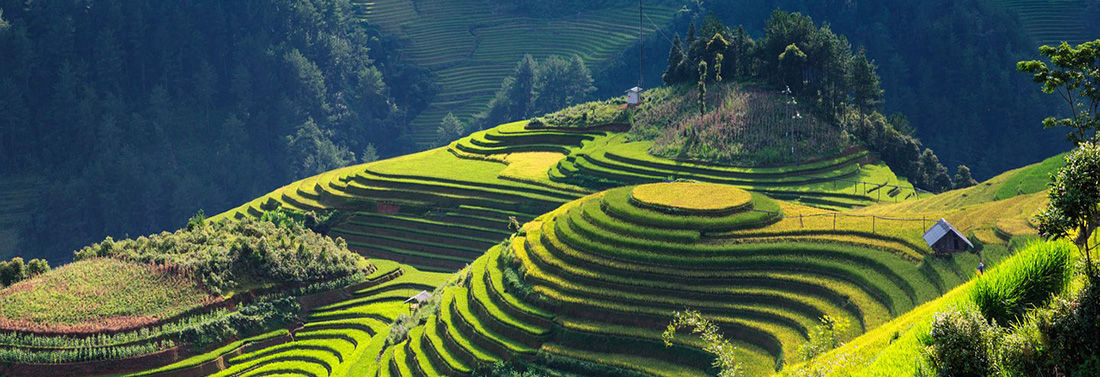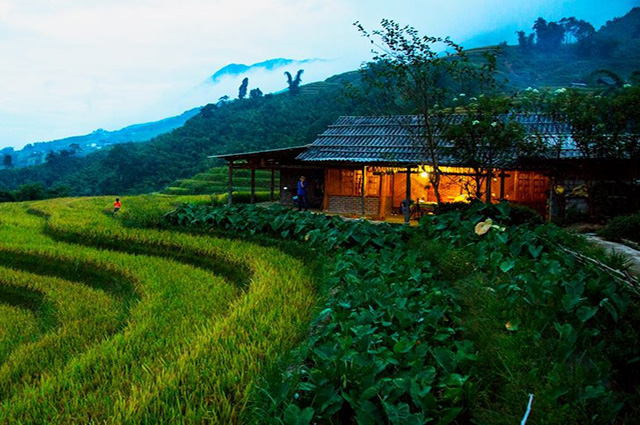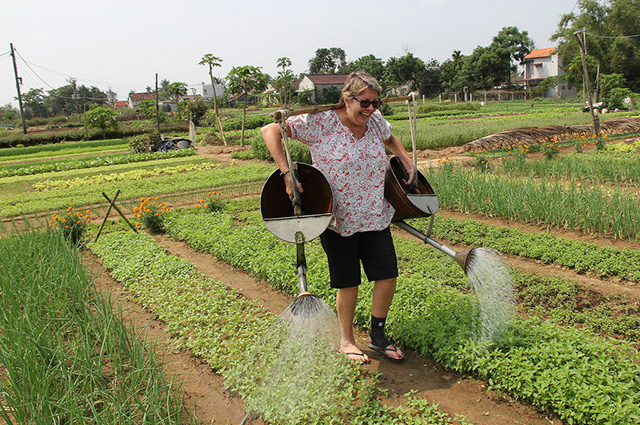What we should know about sustainable travel in Vietnam
Vietnam is a well-known travel destination in Asia but is it really worth visiting given the low return rate and pollution issues in travel sites? What is the level of sustainable tourism in this country? This little article will provide you with some necessary information as a responsible traveller to Vietnam.
Background information about sustainable tourism in Vietnam
Tourism and travel plays an increasingly important role in Vietnamese economy with contribution of 9.4% to national GDP in 2017, according to a report by the World Travel and Tourism Council. That number is expected to rise by 6.2% in 2018. However, the rapid development of tourism has led to a lots of issues: too overcrowded tourist destinations and pollution due to low awareness about sustainable tourism.
Take Halong Bay for example. This UNESCO World Heritage site is one of the most famous destination in Vietnam because its stunning scenery and thousands of limestone islets. According to Vietnam’s Ministry of Culture and Tourism, there are 6.93 millions travellers visits Halong Bay in 2017. During the peak season from October to December when Halong Bay weather is pleasant, the tourist turnout was 1.7 millions. However, many visitors do not return for the second time due to water pollution issues caused by the operation of too many boats and cruises as well as low level of awareness about sustainable tourism by both local people, government, and tourists as well. .
Things are slowly changing, especially with the massive fish kill in Ha Tinh in 2016 which sent a shock wave across the nation. Tourism sustainability has been regarded as vital for the country’s development and this target is mentioned in the master plan on tourism development of Vietnam by 2020, with vision to 2030. Besides the commitments from government, many local travel companies have realised visitors’ increasing interested in responsible travel and the importance of protecting the environment and preserving resources to their businesses in the long term.
What to look for when booking a sustainable tour in Vietnam?
As a responsible traveler, it is important for you to find a tour provider that truly values tourism sustainability. Before booking your tour, search on TripAdvisor, social media or ask around for companies that are committed to the following practices:
- Employment of local guides: These tour guides usually have deep knowledge of their local cultures, social and environmental issues, and even unbeaten paths. They should have necessary certification like CPR and first aid.
- Locally-owned accommodation: Using such accommodation is a good way of giving back to the local community. The chosen place should adhere to sound environmental practices.
- Tour content: Reading about products that tour operators provide can help you understand a lot about their practices. Do their tours aim to help visitors understand the local environments and related issues? Do they encourage visitors to purchase locally-made products, take part in the three R’s during the trip?
- Transport means: Consider tours that are involved green transport, for example going around the place on a cyclo or biking around Halong, instead of leaving only your carbon foot printing in this country. Biking through an idyllic local town like Mai Chau (in Hoa Binh Province) or boating along the river in Ninh Binh Province may turn out to the be the best eco-friendly travel experience you have in Vietnam. And yes, travelling by train in Vietnam is low but it is inexpensive and less harmful to the environment than other transport means like buses and cars.
Recommended sustainable travel tours in Vietnam
1. Visits to natural reserves and national parks
There are quite natural reserves and national parks in Vietnam; it is very easy to book ecotours to these destinations. Depending on your chosen location, you can take park in hiking, cycling, trekking, boating, observation of wildlife, and even camping. Some notable destinations are: Phong Nha – Ke Bang National Park in Quang Binh Province, Ba Be National Park in Bac Kan Province, Cuc Phuong National Park in Ninh Binh Province, Phuoc Buu – Binh Chau Nature Reserve in Ba Ria – Vung Tau Province.
Tourists can take part in the following activities in such areas:
- Cycling, hiking, and trekking through unspoiled jungles
- Boating, kayaking the along the lakes
- Bird and wildlife watching: these parks and national reserves boast great diversity of plant and animal species
- Exploring amazing landscape and caves through mountaineering, cycling, and even camping activities (for example in Son Doong Cave of Phong Nha – Ke Bang, National Park)
- Visiting historic sites and learning about war history in these areas
- Learning about endangered wildlife in such places as Endangered Primate Rescue Center in Cuc Phuong and
- Wildlife Rescue and Rehabilitation Centre in Phong Nha- Ke Bang
- Witnessing the authentic lifestyle of ethnic minority communities in these areas and learning about the local culture
2. Homestay tours in mountainous areas of Vietnam like Sapa and Mai Chau
Instead of expensive resorts or big hotels, how about staying at locally-owned places which are designed to be in perfect harmony with nature and where you can freely interact with local people? Mountain retreats in Ba Vi (a district of Ha Noi) and Thanh Hoa Province, Cao Son Ecolodge in Lao Cai, homestays in Sapa and Mai Chau are some recommended locations for you.
A 3-day homestay tour in Sapa, for example, often includes sightseeing Sapa’s amazing mountainous scenery of mountains and rice paddy fields through trekking and biking, visiting local villages and meeting people of Red Dao and Black Hmong minorities, going to the local market and purchasing locally-made intricate embroidered handiworks.
Check out Sapa O’Chau tour operator if you decided to visit Sapa. The company provides authentic trekking trips in Sapa with local guides who have deep insight of Sapa’s culture and environment
3. Agricultural/green farm tours
If you have chance to visit Hoi An, consider visiting agri-tourism and probably get some hand-on experience with farming.
Agriculture tour in Hoi An often involve touring about villages, visiting stunning rice fields with close-up introduction of local farming and local life; helping local farmers with various activities such as sowing, harvesting, watering. You will have chance to exploring some beautiful nearby villages, where used to be a shelter for local people and soldiers during Vietnamese war. Visitors can also learn how to make some simple vietnamese dishes and have lunch with local family.
As sustainable tourism in Vietnam is gaining increasing attention from the government and local travel companies, this country has become an even more interesting destination for responsible travellers worldwide. For those who are interested in sustainable tours in Vietnam, this article provides some recommendations to help you plan a memorable trip.
Author Bio: Anna Lee is a content writer and a traveler. She also loves swim and run a lot. You can find her on Twiter, Instargram or read her blog at asiatraveljournal.com



